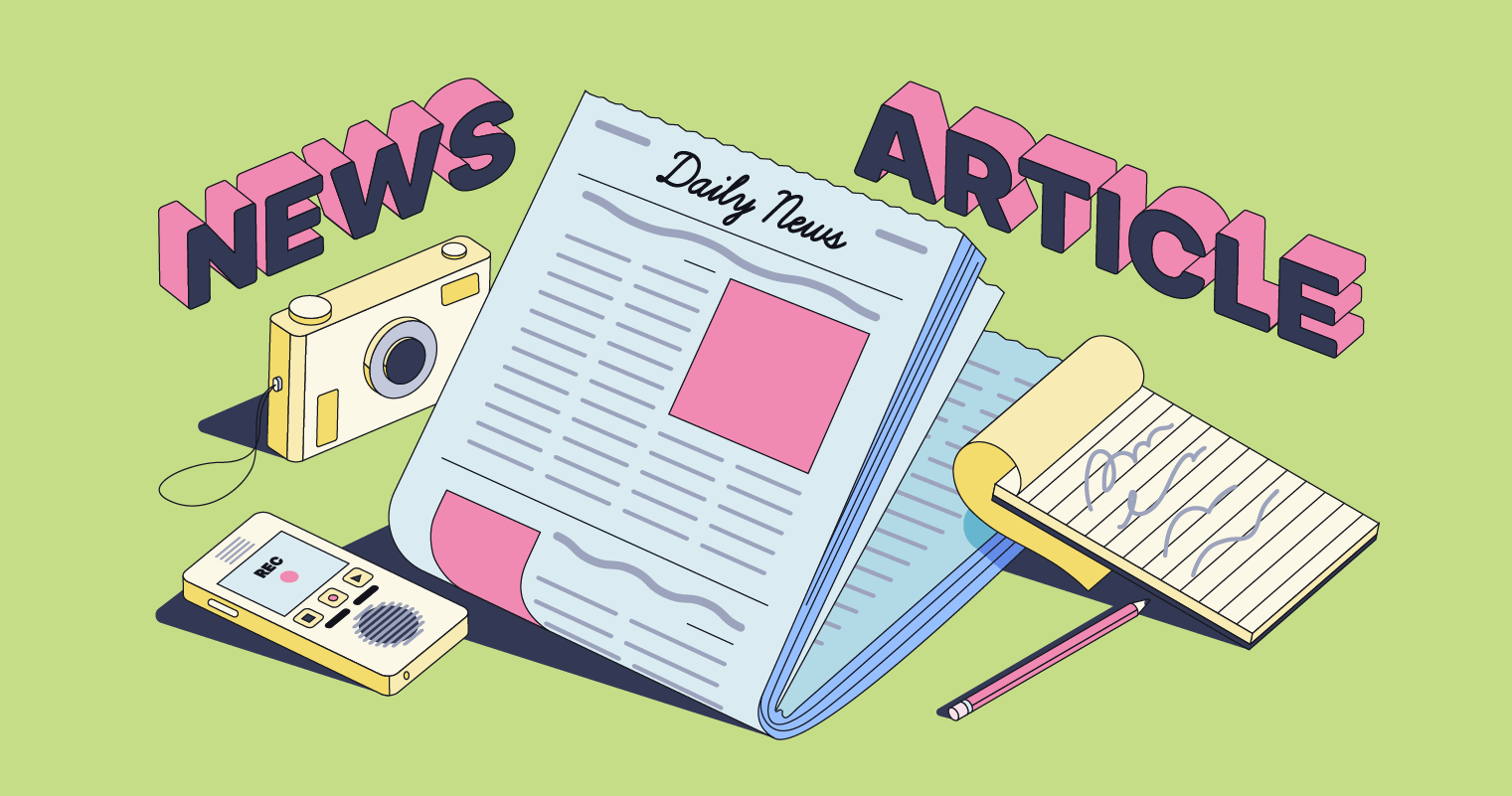News Articles Fundamentals Explained
The 10-Minute Rule for News Articles
Table of ContentsNews Articles Things To Know Before You BuyWhat Does News Articles Mean?Some Known Questions About News Articles.How News Articles can Save You Time, Stress, and Money.Examine This Report about News Articles
Excellent understanding of different subjects offers trainees an one-upmanship over their peers. Also though electronic and social media sites are easily accessible, we must not forget exactly how essential it is to review the newspapers. Moms and dads must try and instill the behavior of checking out a paper as an everyday regimen to continue the tradition of the adored print medium.News tales additionally contain at least one of the complying with crucial features loved one to the intended audience: distance, prestige, timeliness, human passion, oddity, or consequence.
Within these limitations, newspaper article additionally intend to be thorough. Nonetheless, various other factors are involved, some stylistic and some originated from the media form. Amongst the bigger and extra respected papers, justness and equilibrium is a significant consider providing info. Commentary is usually constrained to a different section, though each paper may have a different overall angle.
Papers with an international target market, for example, often tend to utilize a more official design of composing. News Articles.; common design guides consist of the and the US Information Style Book.
News Articles Can Be Fun For Anyone
As a policy, reporters will certainly not utilize a lengthy word when a brief one will certainly do. News writers try to avoid using the same word more than once in a paragraph (sometimes called an "echo" or "word mirror").
Headings often omit the subject (e.g., "Leaps From Boat, Catches in Wheel") or verb (e.g., "Cat lady lucky"). A subhead (additionally subhed, sub-headline, subheading, subtitle, deck or dek) can be either a subservient title under the primary heading, or the heading of a subsection of the short article. It is a heading that precedes the primary text, or a group of paragraphs of the main message.

of a write-up subject, informant, or interviewee), it is described as a pulled quote or pull quote. Added signboards of any one of these kinds might show up later in the article (specifically on subsequent web pages) to entice more analysis. Journalistic websites sometimes make use of animation methods to swap one signboard for an additional (e.g.
Top Guidelines Of News Articles
Such signboards are also used as guidelines to the short article in other areas of the magazine or website, or as ads site link for the item in various other magazine or websites. Press release of the Swiss federal government. Common structure with title, lead paragraph (recap in strong), other paragraphs (information) and contact info.

Instance of a hard-lead paragraph NASA is proposing one more room task. The spending plan demands approximately $10 billion for the task.
The NASA announcement came as the agency requested $10 billion of appropriations for the job. An "off-lead" is the second crucial front web page news of the day. The off-lead shows up either in the leading left edge, or directly listed below the lead on the right. To "bury the lead" is to start the write-up with background details or details of additional value to the visitors, forcing them to learn more deeply right into a post than they should need to in order to find the vital factors.
A Biased View of News Articles
Usual use is that one or more sentences each form their own paragraph. Reporters normally explain the organization or structure of a newspaper article as an upside down pyramid. The essential and most interesting elements of a tale are put at the beginning, with supporting information adhering to in order of lessening relevance.
It enables people to explore a topic to only the depth that their inquisitiveness takes them, and without the charge of information or subtleties that they might consider pointless, yet still making that info readily available to more interested readers. The upside down pyramid framework likewise allows short articles to be trimmed to any kind of arbitrary size during layout, to suit the space offered.
Some authors start their stories with the "1-2-3 lead", yet there are several kinds of lead readily available. This layout usually begins with a "Five Ws" opening paragraph (as described over), adhered to by an indirect quote that offers to support useful link a major element of the initial paragraph, and afterwards a direct quote to support the indirect quote. [] A twist can describe several things: The last tale current broadcast; a "happy" tale to finish the show.
Longer posts, such as magazine cover articles and the items that lead the inside areas of a newspaper, are called. Attribute stories differ from straight information in several ways. Foremost is the absence of a straight-news lead, a lot of the moment. Instead of supplying the essence of a story in advance, feature authors may try to lure viewers in.
Everything about News Articles
A function's initial paragraphs usually relate an interesting moment or event, as in an "anecdotal lead". From the imp source particulars of a person or episode, its view rapidly expands to abstract principles regarding the tale's subject.

The Editor's Tool kit: A Recommendation Guide for Beginners and Professionals (2001) Allan M. Siegal and William G. Connolly. The New York City Times Manual of Design and Usage: The Authorities Style Overview Used by the Writers and Editors of the Globe's Most Reliable Newspaper (2002) M. L. Stein, Susan Paterno, and R.